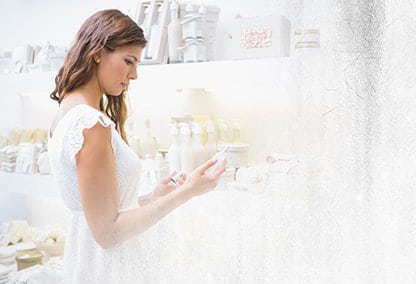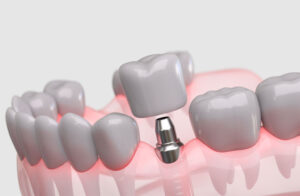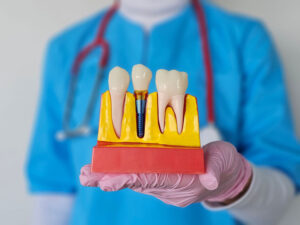You probably know this already: Americans are obsessed with white teeth. Next time you hit the grocery store, keep an eye out. What you’ll find is magazine covers with white, flashy smiles, and product after product that will supposedly whiten your teeth: toothpastes, mouthwash, chewing gum, whitening kits. If you were hoping for a whiter smile, chances are you’re probably confused. Then, of course, there’s charcoal toothpaste. What products should you use, which ones should you be wary of, and what can give you the whitest smile in a safe and effective way?
If you’re confused about how best to attain that white smile, this blog is for you!
How Do Teeth Become Stained?
If you’re considering whitening your teeth, you might wonder how your smile got so yellow in the first place. Understanding how teeth get stained, and how whitening solutions remove these stains, can help you to make more informed decisions about your treatments. In general, there are two types of staining that occur: extrinsic and intrinsic. Extrinsic staining is the most common, so we’ll start there.
Extrinsic staining, simply put, are stains that occur on the outside layer of teeth known as enamel. One of the hardest substances in the human body, enamel, protects your teeth from harmful bacteria and decay. Over time, however, enamel can become stained by the foods your eat and drink, or by habits like smoking. That’s because enamel isn’t flat like most expect. Under a microscope, you would see thousands of dips and ridges. Staining agents from things like coffee become trapped, over time, in these ridges, which makes your teeth yellow.
Intrinsic staining occurs inside the dentin layer of teeth below the enamel, and could be the result of medication, genetics, or even age. If you’re experiencing intrinsic staining, whitening products won’t provide much of a solution. Treatments like porcelain veneers would work better.
How Do Whitening Products Work?
The majority of whitening products, from gum to mouthwash, use either bleaching ingredients (such as peroxide) designed to lift staining agents from the teeth, or non-bleaching ingredients which lighten stains. Bleaching ingredients are generally considered to be more effective, and are fairly simple to understand. Essentially, they dissolve stains into smaller components that wash easily from the mouth. Non-bleaching ingredients are generally dyes.
While over-the-counter whitening kits or strips can be effective at whitening teeth, professional teeth whitening done in a dental office will yield better results. Dental hygienist receive specialized training to handle more potent whitening solutions, which can dissolve staining agents much faster. When combined with a take-home treatment, the results can be ever more dramatic.
Other whitening products, like some toothpastes, are abrasive. They wear away the stained part of the tooth enamel, revealing whiter enamel underneath. The problem with this is that you only have so much enamel. When it’s gone, you’re left with dentin, the interior layer of the tooth, which is yellowish and unattractive. Dentin is also more vulnerable to decay, and thin enamel is more likely to crack.
And, of course, there are some products that haven’t been proven to work at all. This includes charcoal toothpaste and most home whitening treatments.
If you live in Westchester County, New York and are interested in learning more about your options for professional teeth whitening, please contact our helpful staff at Advanced Dentistry of Mohegan Lake to schedule an initial tooth whitening consultation with one of our cosmetic dentists today.
